Outer Space & Universe
Outer Space & Universe
Space, also known as outer space, is the near-vacuum between celestial bodies. It is where everything (all of the planets, stars, galaxies and other objects) is found.
On Earth, space begins at the Kármán line (100 km above sea level). This is where Earth's atmosphere is said to stop and outer space begins. This is not a firm boundary but is a convention used by scientists and diplomats.
Items in space are free to move back and forth; up and down; and left and right. These three dimensions are what make 3D space. Items also move forward through time, which is sometimes called the fourth dimension.
The majority of space contains very little matter and so most of it is a vacuum. Scientists do not know how big space is but we do know that space is extremely big, and is always expanding.
According to the big bang theory, all matter and energy in the Universe was compressed into a very small space. Then it exploded and started expanding. Space is still growing in size today; this means the distance from one galaxy to distant galaxies is getting longer.
Gravity is the force that keeps the Moon in orbit around the Earth and the planets in orbit around the Sun. Gravity can stretch and bend space similar to how a heavy ball placed on a stretched sheet of rubber will cause the rubber to stretch. The scientist who discovered that space can bend is named Albert Einstein. How gravity bends space is part of his theory of general relativity.
Astronauts, Cosmonauts, Taikonauts and Spationauts
An astronaut is any person who is trained by NASA to travel and perform tasks in space. Although the space traveler may not necessarily be a United States citizen, each astronaut does go through a rigorous training regiment by the National Aeronautics and Space Administration. Other space travelers go by other names then astronaut depending on their country of origin.
In the United States, astronaut is derived from the Greek words ástron (star) and nautis (sailor). While, in Russia, a space traveler goes by the name космонавт (English: cosmonaut), which is derived from the Greek words kosmos (universe) and nautis (sailor). Westerners call a space traveler from China a taikonaut, based on the 1998 writings of Chiew Lee Yik and Chen Lan where the term tàikōng (great emptiness), Chinese for “space”. In China, the term yuháng yuán (universe navigator) is used for space traveler.
Only the United States of America (United States), Russia (earlier, the Union of Soviet Socialist Republics), and the People’s Republic of China (China) have sent manned spacecraft into space. Other countries have assisted these countries by sending their own space travelers on space missions. For instance, a French space traveler is called a spationaut (from the French word spationaute), which is derived from the Latin spatium (space) and Greek nautis (sailor). (plural in Greek nautes = sailors)
-
06:35
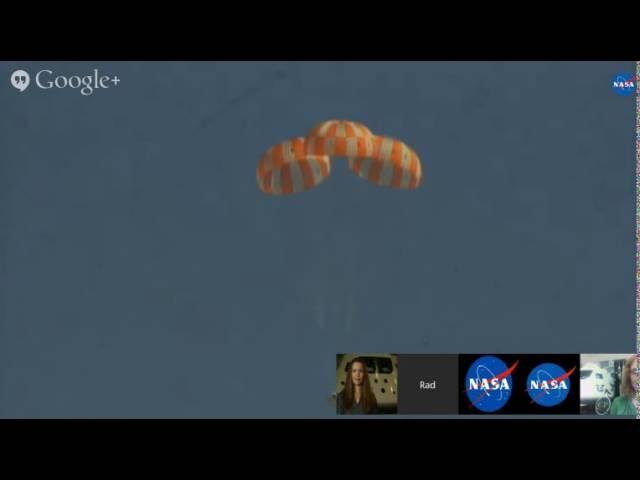
Orion Capsule Drop Test Captured In NASA Google Hangout | Video
Added 886 Views / 0 LikesOrion Capsule Drop Test Captured In NASA Google Hangout | Video
-
04:41
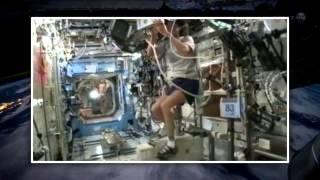
Ten Years Of Research Onboard The ISS, Ten More Years Ahead | Video
Added 886 Views / 0 LikesEven though it was under construction, the International Space Station has been performing groundbreaking research over the past ten years. A recent ten year extension means the ISS will have another decade to do research in a number of fields.
-
05:43
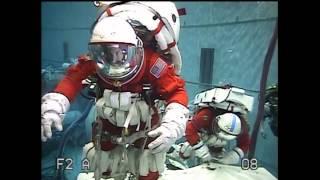
Upgraded Space Shuttle 'Pumpkin-Suit' Tested For Asteroid Mission EVA | Video
Added 886 Views / 0 LikesNASA is testing a next generation Modified Advanced Crew Escape Suit (MACES), formerly ACES, for possible use on extravehicular activities. Astronauts Stan Love and Steve Bowen, tested the suits underwater in the Neutral Buoyancy Lab.
-
01:22
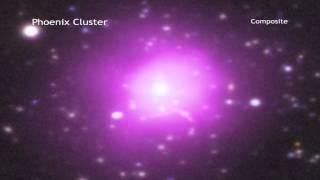
Star 'Resurrecting' Phoenix Cluster Astounds Astronomers | Video
Added 885 Views / 0 LikesLocated in the constellation of same name, the Phoenix Cluster has come back to life, bursting with new star formation. NASA's Chandra X-ray Observatory, the NSF's South Pole Telescope and others studied this huge celestial object.
-
00:44
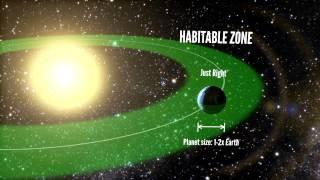
One in Five Sun-Like Stars Have 'Goldilocks' Planets | Video
Added 885 Views / 0 LikesAnimation showing how scientists used the Kepler spacecraft to find the prevalence of Earth-size planets in the habitable zone around their host star.
-
01:22
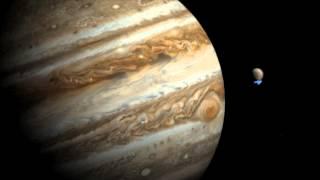
Jupiter Moon Europa's Water Plume Spied By Hubble - Artist Impression Video
Added 885 Views / 0 LikesThe Hubble Space Telescope imaged a water vapor plume emanating from the Moon in Dec. 2012 observations. The artist impression uses actual Jupiter and Europa images with the size of the plume being accurate but the brightness is increased for effect.
-
01:22
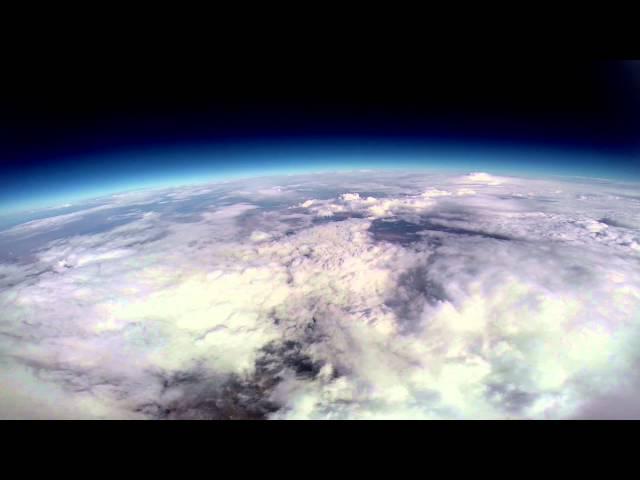
Edge Of Space Commercial Balloon Flights Closer With Record-Breaking Test | Video
Added 883 Views / 0 LikesEdge Of Space Commercial Balloon Flights Closer With Record-Breaking Test | Video
-
00:47
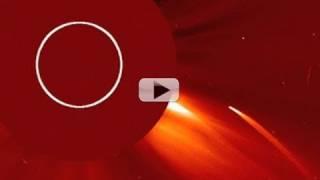
Comet Death Dive Into Sun - Again
Added 883 Views / 0 LikesAn icy un-named comet plunged into the sun on July 5, 2011. A majority of these sungrazers (comets that travel very near the sun) come from what is believed to be fragments of one large comet that broke up several centuries ago.
-
00:40
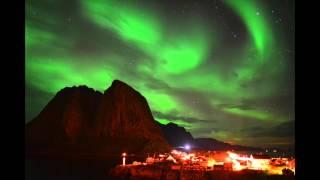
Auroras Dance Over Norway Fishing Village | Video
Added 883 Views / 0 LikesNorthern lights were on display over a small village on the archipelago of Lofoten in northern Norway. Photographer Chad Blakley http://lightsoverlapland.com was on hand to snap footage. (looped)
-
01:20
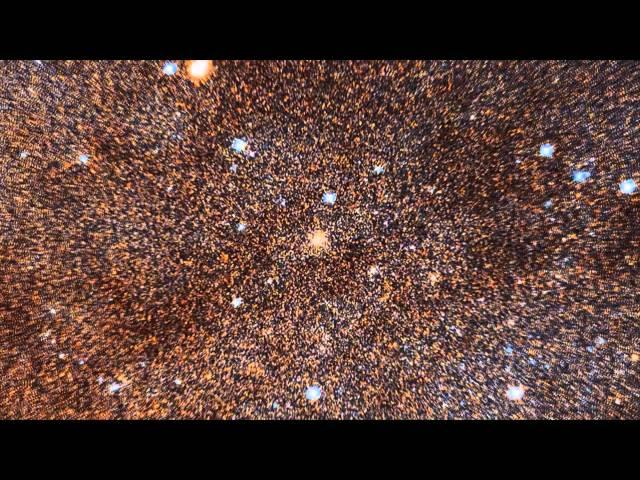
Hubble's Andromeda Galaxy Image Shows Over 100 Million Stars | Video
Added 883 Views / 0 LikesHubble's Andromeda Galaxy Image Shows Over 100 Million Stars | Video
-
04:32
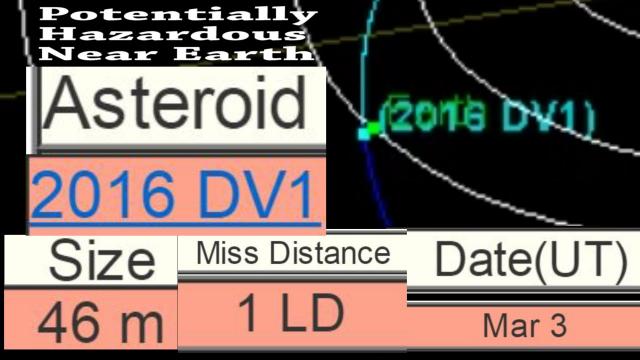
Potentially Hazardous Near Earth Asteroid 2016 DV1 to pass Earth 1 LD on March 3rd
Added 883 Views / 0 LikesPotentially Hazardous Near Earth Asteroid 2016 DV1 to pass Earth 1 LD on March 3rd
-
03:22
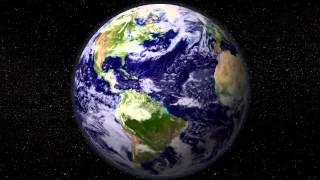
Lunar Eclipse Will Drain Moon Orbiter's Batteries | Video
Added 882 Views / 0 LikesThe Lunar Reconnaissance Orbiter (LRO) is solar powered and it will be in darkness for an extended period during lunar eclipses, when the moon passes into Earth’s shadow (LRO Snaps Apollo Landing Sites)
-
01:22
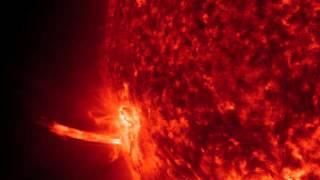
New Sunspot Spits Geysers Of Fire | Video
Added 881 Views / 0 LikesOn 5 December 2013, NASA's Solar Dynamics Observatory captured a sun storm that recently rotated into Earth's view spewing plasma. The largest eruption is over 15 Earth-diameters "tall."
-
01:27
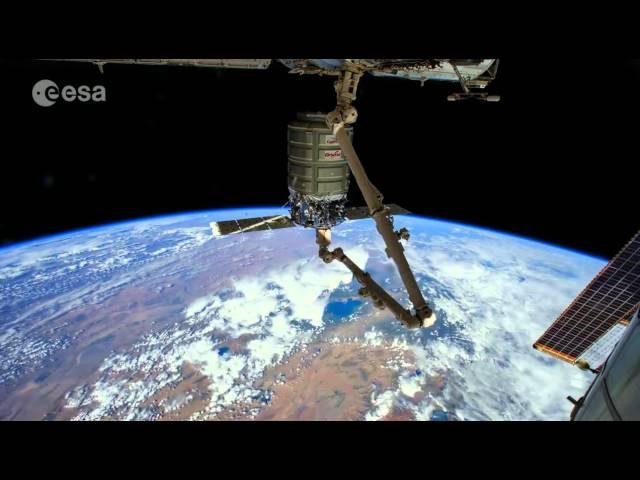
Earth From ISS: Stunning Time-Lapse Video From Astronaut Photos
Added 881 Views / 0 LikesEarth From ISS: Stunning Time-Lapse Video From Astronaut Photos
-
03:44
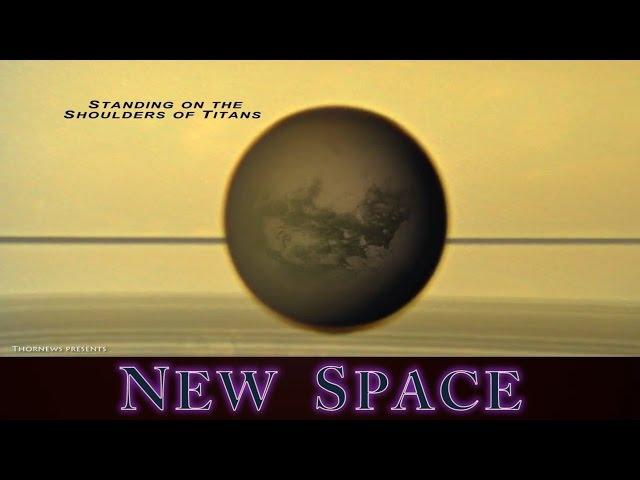
New Space: Standing on the Shoulders of Titans & Time Machine races
Added 881 Views / 0 LikesNew Space: Standing on the Shoulders of Titans & Time Machine races
-
02:39

How Space Station Is Helping Farmers Grow Crops | Video
Added 880 Views / 0 LikesCameras aboard the International Space Station are delivering much need information to farmers for maintaining their crops. A farmer from Minnesota explains the benefits.
-
00:34
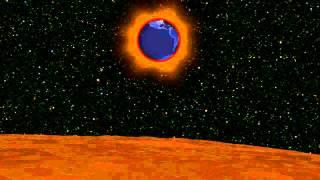
On The Moon For A Lunar Eclipse? | Artist Impression
Added 880 Views / 0 LikesYou would see is a solar eclipse (on the Earth-facing side). A 'Ring of Fire' would circle Earth and a reddish hue would blanket your abode. - Lunar Eclipse From Earth Time-Lapse: http://goo.gl/fBh9Wm
-
03:43
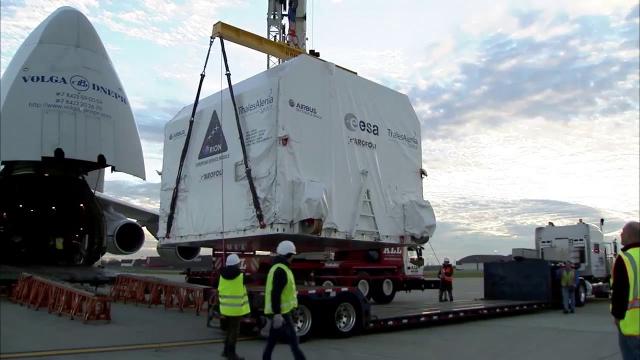
Preparing America for Deep Space Exploration Episode 12: Built for Exploration
Added 880 Views / 0 LikesPreparing America for Deep Space Exploration Episode 12: Built for Exploration
-
02:24
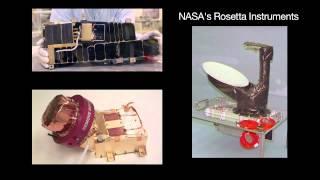
See All The Planets In February 2014 | Skywatching Video
Added 879 Views / 0 LikesThe planets location in the nightsky are pinpointed (you'll need binoculars or a telescope to spot Uranus and Neptune). Also, Comet's Lovejoy, Siding Spring and Linear can be viewed.
-
03:20
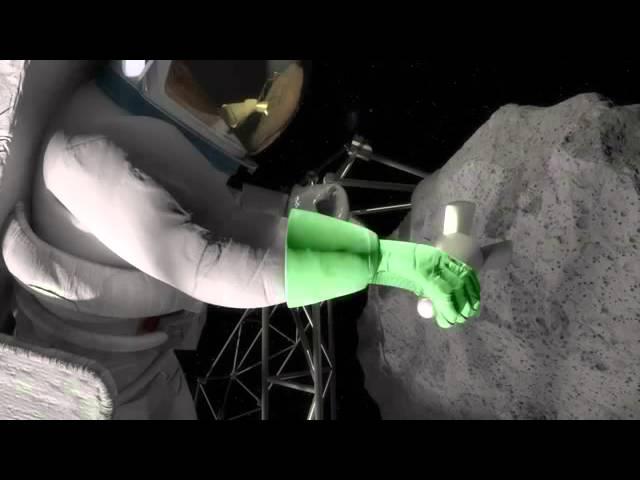
To Explore Deep Space, We Need Better Spacesuits | Video
Added 879 Views / 0 LikesNASA is working on more efficient heating and cooling, longer lasting -- nearly maintenance free -- systems, more durable fabrics, and more dextrous gloves. New oxygen recovery systems might utilize local planetary materials: 'in-situ' consumab
